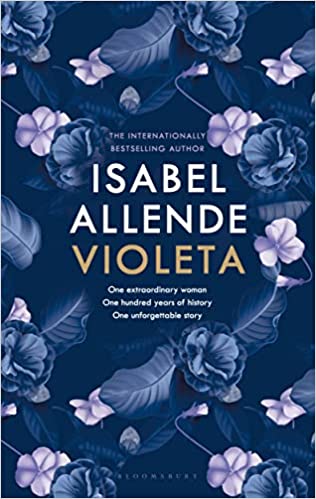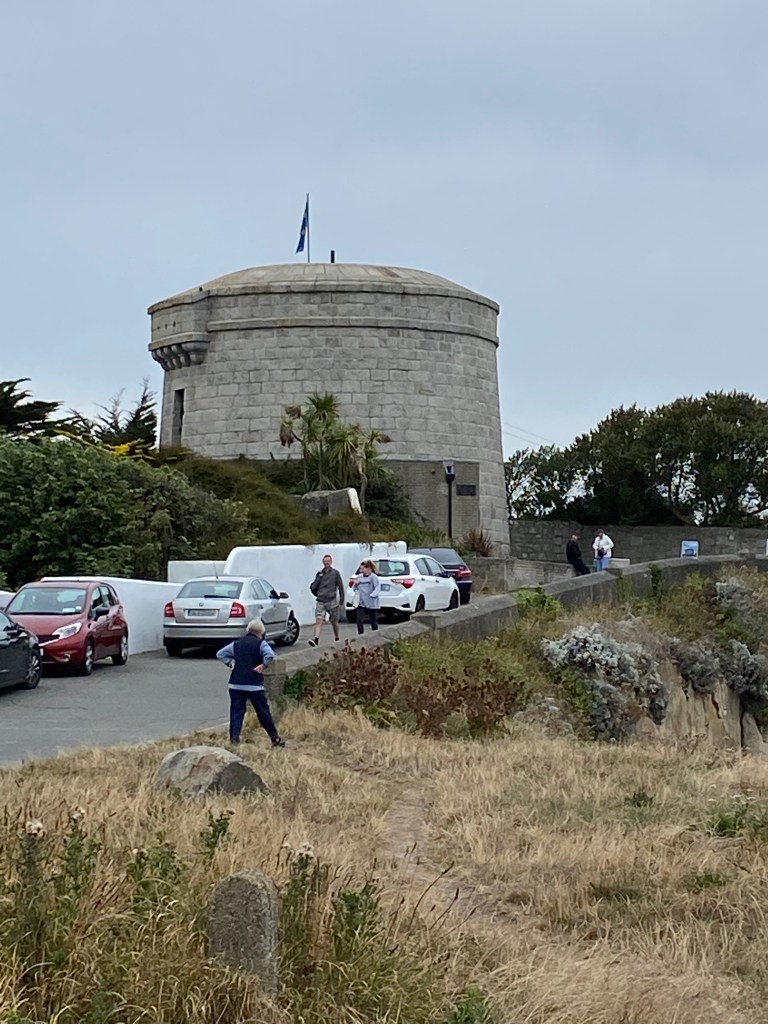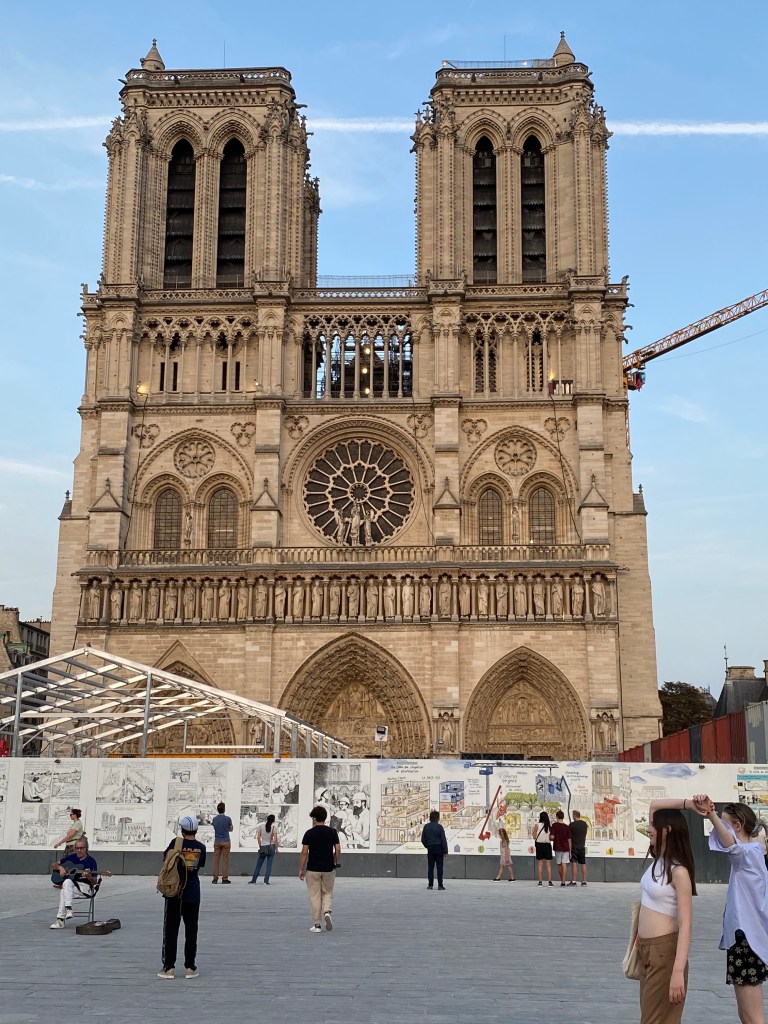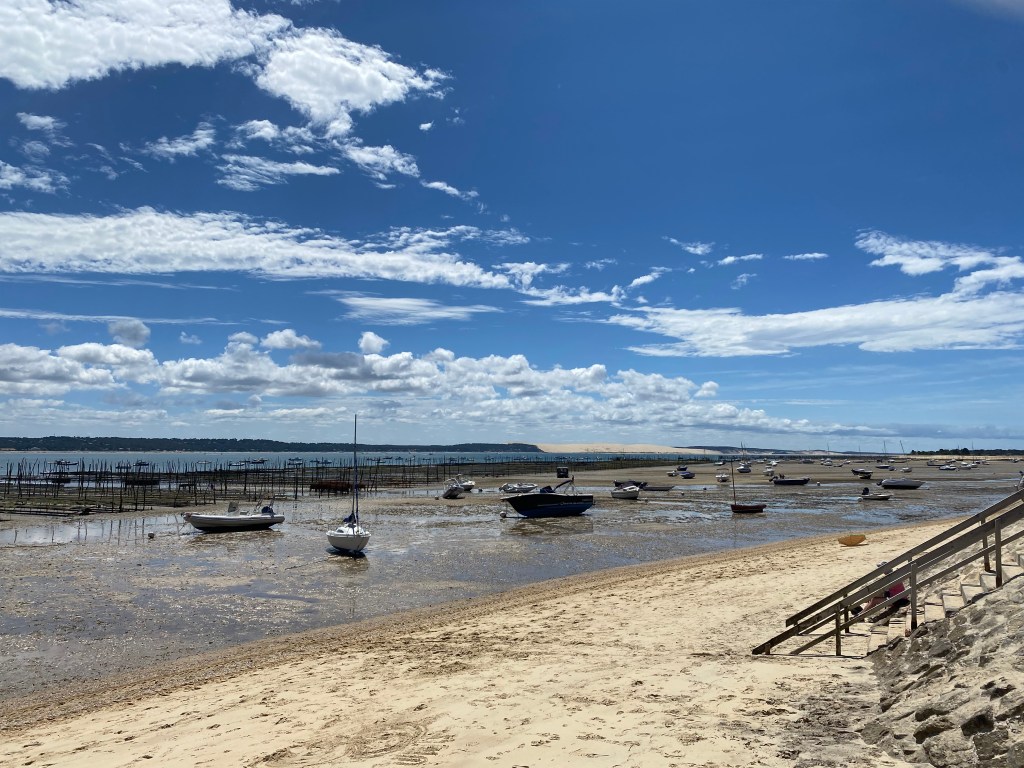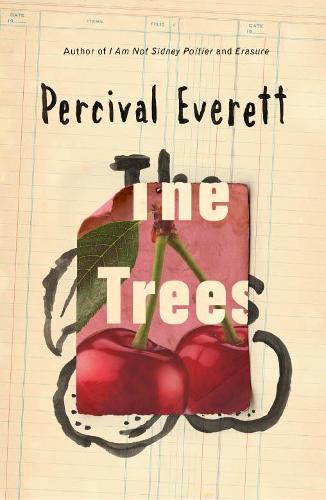This is my second Booker Prize shortlist review and I hardly know where to begin in writing about this novel. I don’t think anything I write could truly do it justice. It should be sufficient for me to just say “please read” and leave it at that. This book is a remarkable piece of work and I honestly felt in the presence of something great throughout. I listened to it on audio and the reading by Zimbabwean actress Chipo Chung was pure perfection – the range of voices and narrative tones she was able to deploy was outstanding. And you know when you listen to an audiobook and you feel like the narrator is reading it for the first time? Well, that is definitely not the case here; the narrator feels every word.
NoViolet Bulawayo is a new author to me but she is undoubtedly a literary heavyweight, being the first black African woman to have been shortlisted twice (her debut novel, We Need New Names, was shortlisted for the Man Booker in 2013). She was born in Zimbabwe, but completed her higher education in the United States.
Glory is political satire at its acerbic best. The novel is set in the fictional African country of Jidada (“with a da and another da”) and all the characters are animals. It opens at a rally where The Old Horse, the country’s elderly ruler who has been in place for decades since the War of Liberation from the colonisers, supported by his wife, Dr Sweet Mother, and other denizens, are celebrating their great achievements before the ‘people’. This is a lengthy section that exposes the ego, hypocrisy, untramelled power, and unlimited (and stolen) wealth that characterises the leadership. Jidada got rid of its colonial ruler, but got a tyrannical and autocratic leader in its place. The regime is cruel, murderous and corrupt. It is a thinly-disguised critique of Robert Mugabe and his followers in Zimbabwe. It is more than that, however, for it does not let so-called advanced nations off the hook. With its linguistic echoes of Trump and its suggestion that other governments are happy to turn a blind eye to what is happening in Jidada where it suits them, it implicates leaders well beyond the borders of Jidada for the cruel oppression of the population. It also takes to task the “clicktivists” who criticise from afar, largely to satisfy their own needs, but to very little tangible effect.
The nation eventually tires of The Old Horse and particularly his wife, and there is a military coup, led by Tuvius Shasha, the former Vice President. The Old Horse goes into exile. The situation for the country does not improve, however. The economy in fact worsens still further and discontent abounds. Enter Destiny Lozikeyi, a gentle female goat who fled her village many years earlier but who has now returned to search for her family and her history. She shows her fellow citizens how desperate their situation is and, slowly, a citizen-led uprising begins.
It would be easy to describe this novel as an African Animal Farm, as many indeed have already done. True, it does many of the same things, but it is borne of an entirely different tradition, I think, and to draw parallels between the two is to over-simplify. The writing in Glory is breathtaking – it is a linguistic tour de force. The precision of its attack is awesome as it deftly dismantles every pretence of democracy, fairness and good governance that the leaders of Jidada claim. Africa is not the only focus of the author’s laser-like gaze, however; in her observation of referenda that return 90% plus votes in favour of the leaders she wags a finger at every dictator currently on the planet and the hypocritical international order that often enables them.
I was blown away by this book. It is long, but worth every second. Highly recommended.



